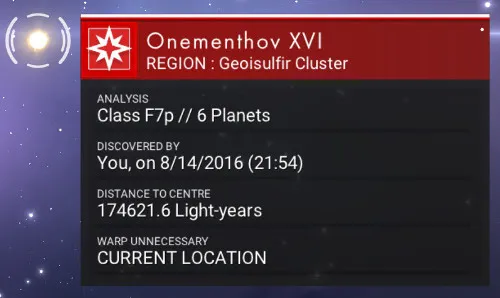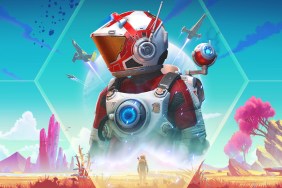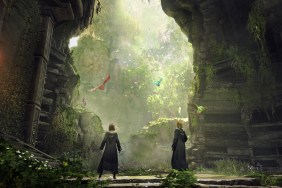You may have noticed that many of the planets you have landed on in No Man's Sky are ghastly and barren. This is by design. As with the real world, the game's galaxies are filled with varying star types. These stars range in energy and mass, influencing the planets that are gravitationally bound to them.
There are a total of four star classes in No Man's Sky. The classifications resemble real world astronomy's stellar classification, although with some deviation. As you reach the rarer classes of star you will find much more luxurious planets, those with greater beauty and resource potential. Let's talk about each of the major points of these star types.
Warp Reactors
To reach these rare stars you will need to obtain their respective Warp Reactor. There are three kinds that you can earn, and they are found as blueprints randomly at stations across the galaxy. Be sure to check loot locations as well as auction houses and NPCs for opportunities to learn the blueprints, and from there you can collect the necessary resources to craft the Warp Reactor, granting you access to new star types.
Alternatively, you can purchase a ship already fitted with one or more Warp Reactors. Simply walk up to other spaceships that are parked and request to purchase the ship to see what it has equipped and how much it'll cost.
Star Classes
Yellow Star
Classification: F
Rarity: Common
Access: Class F stars are available to all players from the start of the game.
Planet Composition: Usually a low presence of flora and fauna on planets orbiting this star type. Geography is rocky, and resources are low in quantity.
Real World Equivalent: Spectral class F. These stars are relatively common in the real world and are slightly hotter than the Sun at 6,000 to 7,500 Kelvin. They are usually composed of ionized metals such as calcium and iron. While in the game they are bright yellow/orange, in the real world spectral class F stars are much closer to white than orange.
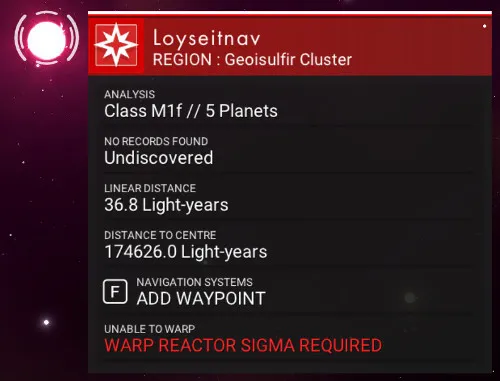
Red Star
Classification: M, K
Rarity: Uncommon
Access: Warp Reactor Sigma required.
Planet Composition: Moderate chance to harbor planets with a presence of flora and fauna. Grass and water is more common than with planets on classification F stars.
Real World Equivalent: Spectral class M. These stars make up around 75% of the stars in the observable universe. Most of these stars are red dwarfs, although some are red giants and red supergiants. They are typically composed of titanium oxide and calcium with a temperature of around 2,500 to 3,500 Kelvin. Many stars become class M later in their stellar evolution before they die once they have exhausted the supply of hydrogen in their cores that have provided thermonuclear fusion, and during this period they grow to remarkable size. Our Sun will become a class M star in roughly five billion years, at which point its size will consume Mercury and Venus, and reach Earth. These stars are dim enough that they aren't visible to the naked eye.
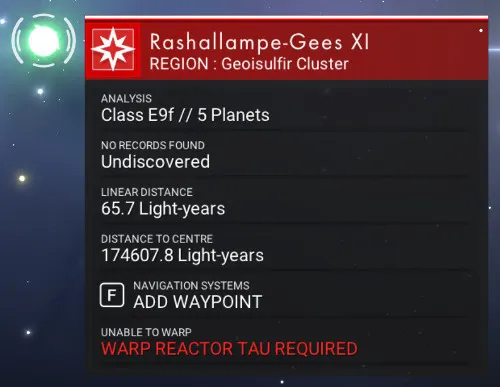
Green Star
Classification: E
Rarity: Rare
Access: Warp Reactor Tau required.
Planet Composition: High chance to encounter planets with a presence of flora and fauna. Planets are commonly colorful and contain many resources. Tropical planets are regularly found in star systems of this classification level.
Real World Equivalent: Presumably A. We haven't observed green stars in the universe, although class A and B stars sometimes appear green instead of white due to optical illusion. In the case of these stars, a remarkable temperature of around 7,500 to 11,500 Kelvin is present with strong hydrogen and ionized metal composition. These stars are usually young and rotate surprisingly quickly.
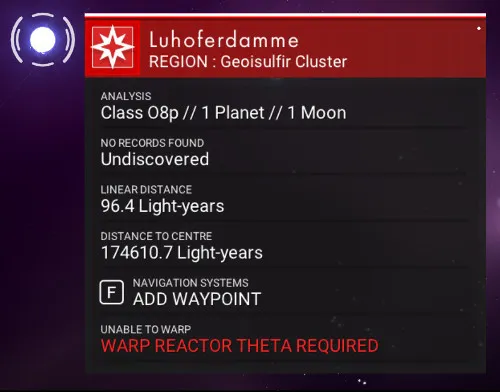
Blue Star
Classification: O/B
Rarity: Rare
Access: Warp Reactor Theta required
Planet Composition: Very high chance to encounter planets with a rich presence of healthy flora and fauna. Rare resources are commonly found on planets existing in star systems of classification level.
Real World Equivalent: Spectral class O and B. These are the most luminous stars in the universe with temperatures ranging between 10,000 to 50,000 Kelvin (between B and O). Composed of ionized helium, they are remarkably massive in size and white/blue in color. Although they can be spotted in the night sky much easier than other stars due to their brightness, they are very uncommon, making up around 0.00003% of main sequence stars in the universe.
Warp Distance
Ships equipped with Warp Reactors are able to warp greater distances between stars, whether or not the destination is of a rare star class. The total distance is as follows:
- Default Hyperdrive: 100 light years
- Warp Reactor Sigma: 300 light years
- Warp Reactor Tau: 500 light years
- Warp Reactor Theta: 900 light years
Combining multiple reactors on a single ship will provide even greater warp distances.
Conclusion
Warp Reactors and rare stars are a huge element of No Man's Sky that many players overlook or simply don't know about. Rare stars offer planets that offer great opportunity for money making and resource gathering. You will want to make collection of Warp Reactors a focus of your journey whether you desire to reach the center of the galaxy as quickly as possible, or simply want to build up a large stock of weaponry, upgrades, and currency.
Good luck in your space adventures, and leave a comment below if you have any questions.
The 20 Most Hideous No Man's Sky Creatures Ever

How To Get An Atlas Pass
Free No Man's Sky Soundtrack
Where To Find Every Element and Resource
How To Increase Your Limited Inventory Space
Tips for Your Journey to the Center of the Galaxy
The 20 Most Hideous No Man's Sky Creatures You've Ever Seen
-
3. Lizard Cow Dinosaur With Neon Green Wings
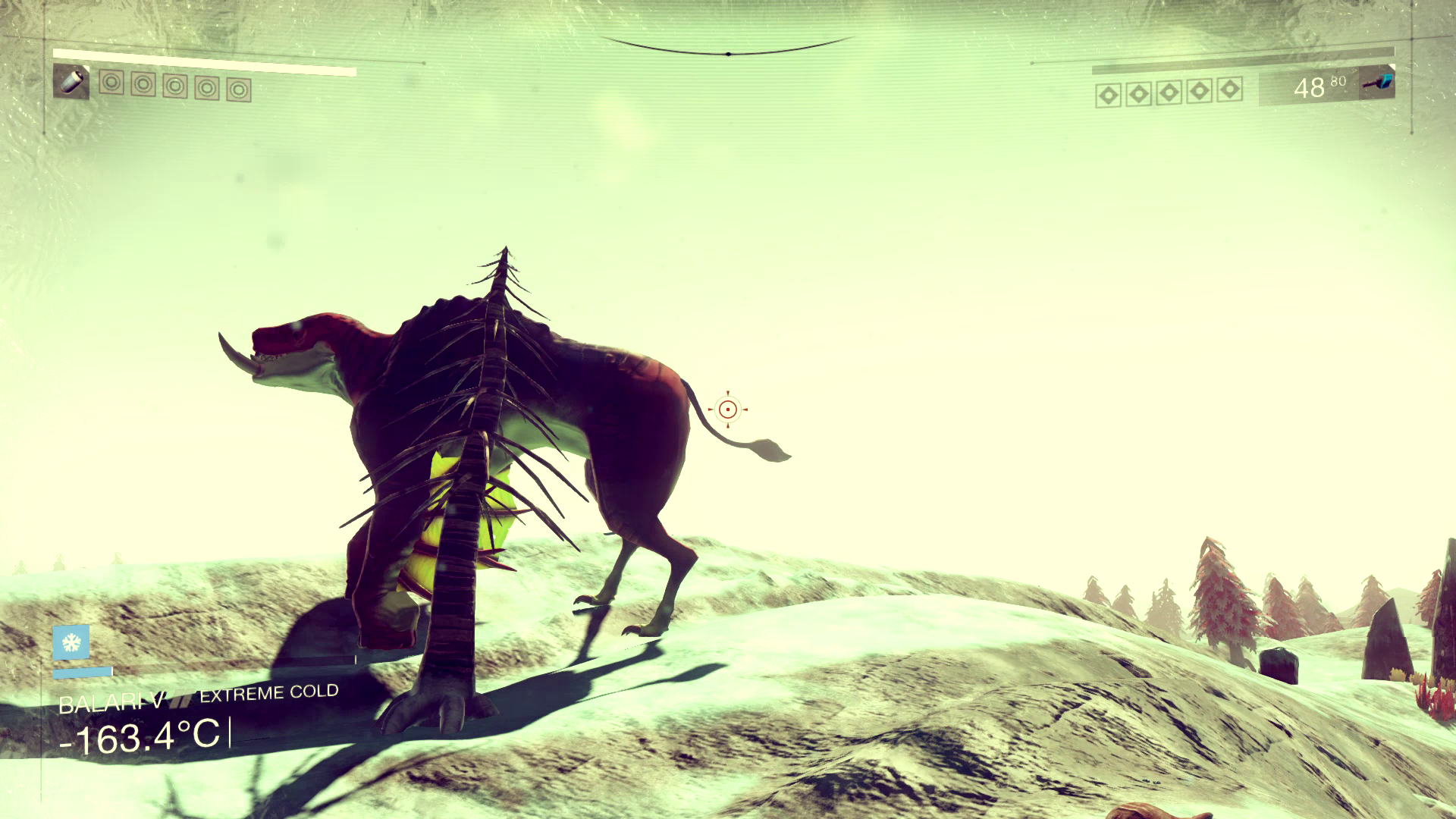
Please don't turn around. Please don't turn around. -
12. Massive Beaked Rat
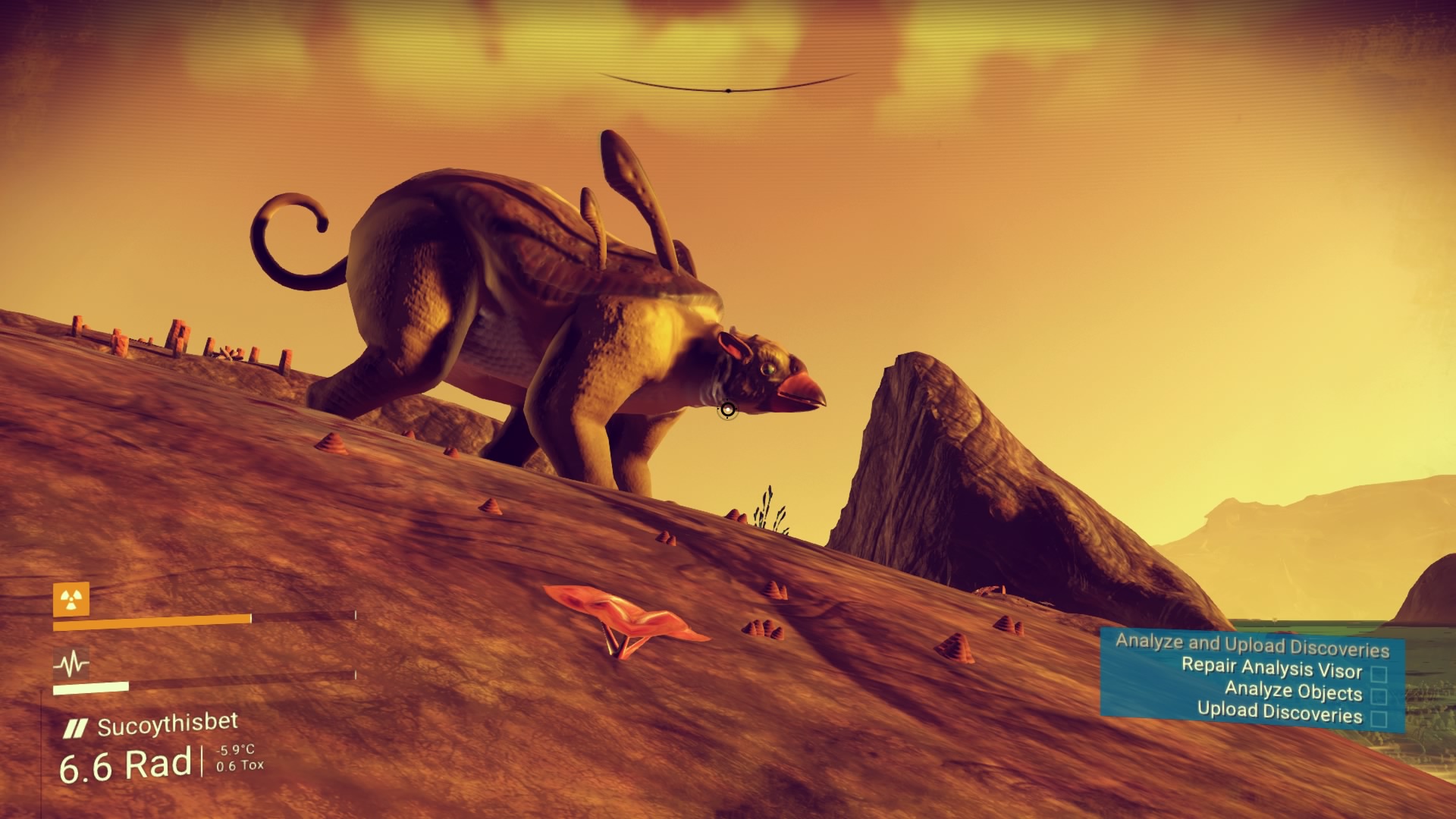
Is this payback for all the rat traps in my garage? -
4. Infected Bull
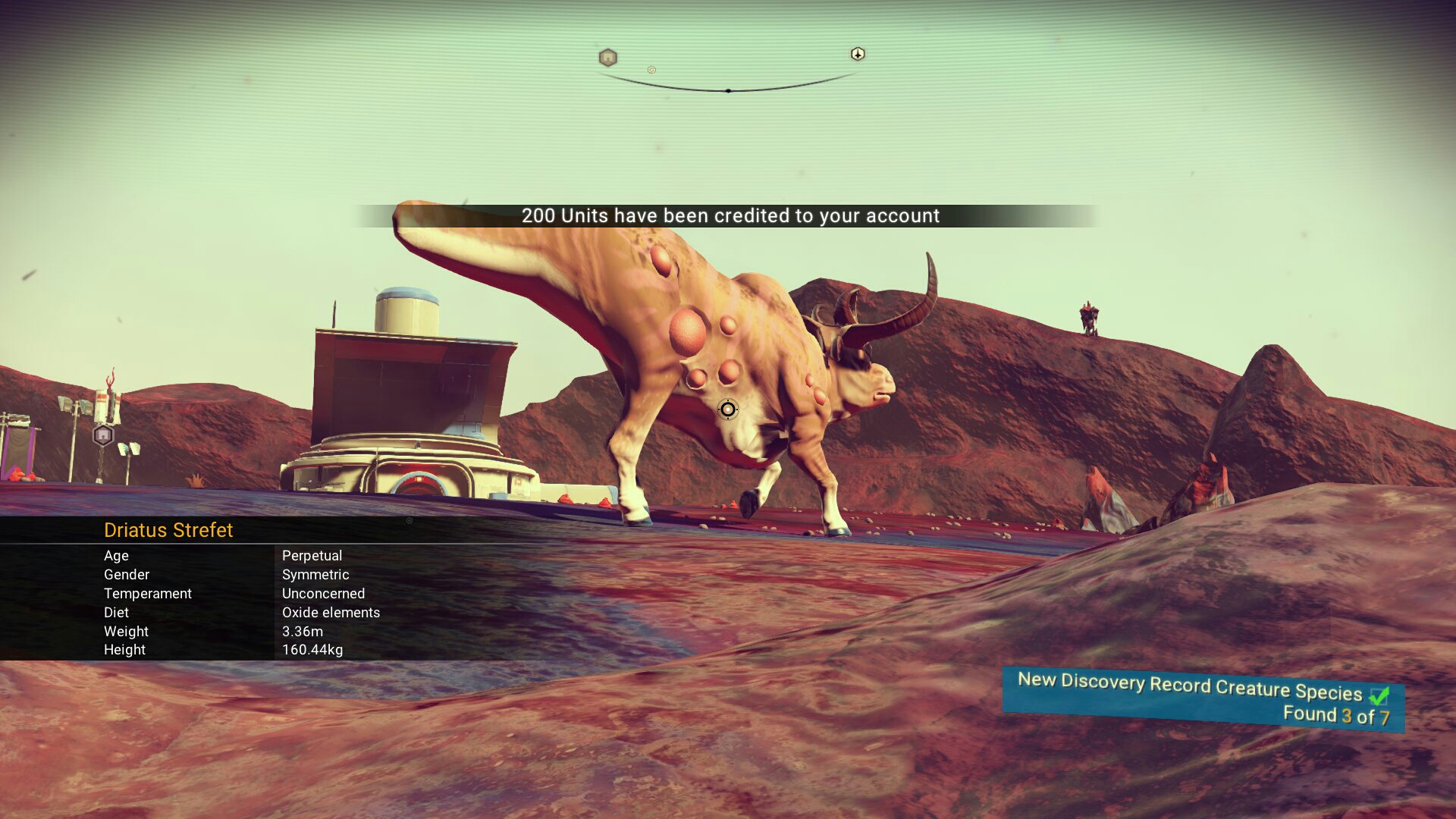
Get this poor thing a vaccine ASAP. -
5. Stick Finger Rex
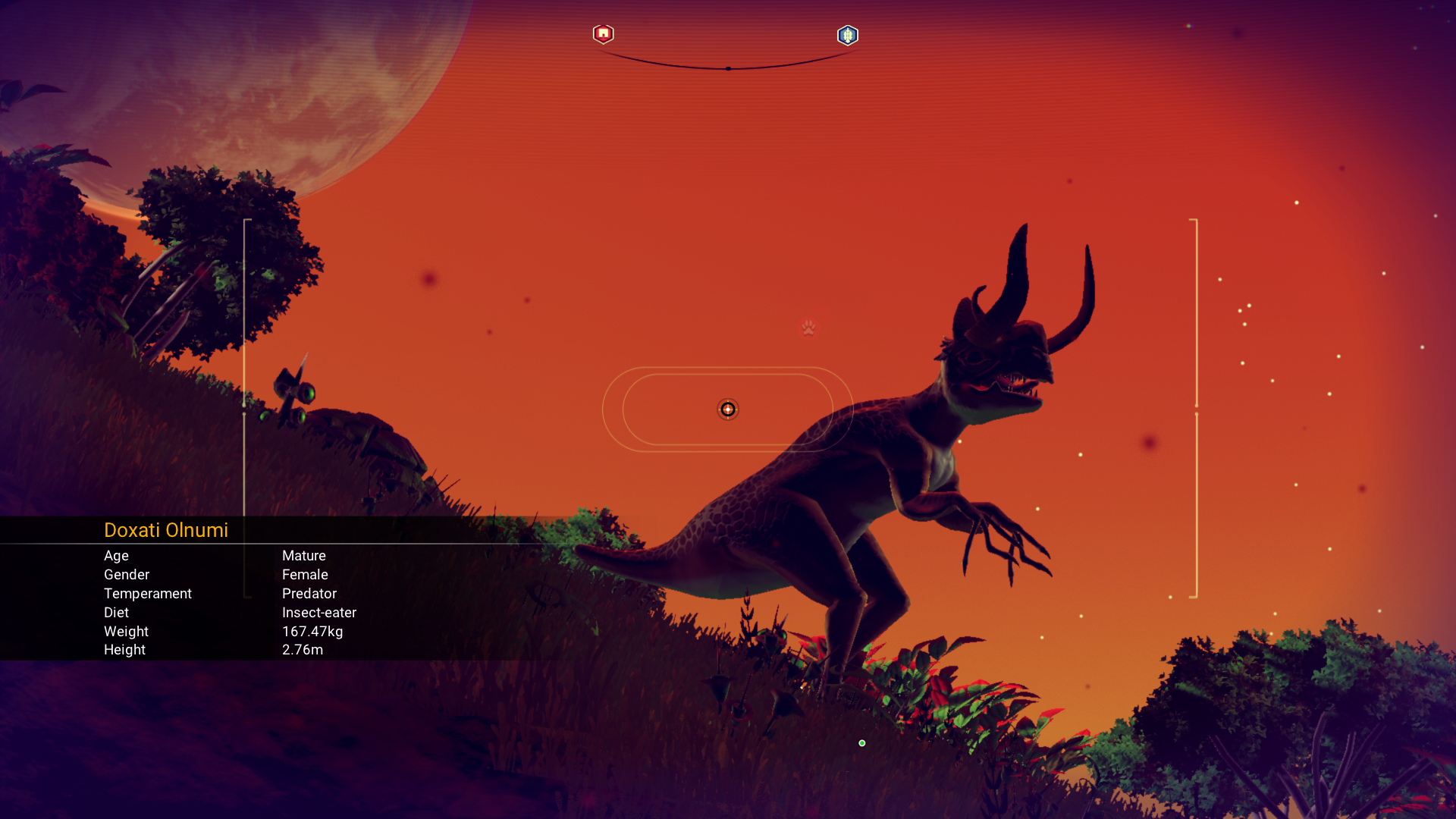
Where's a rocket launcher when you need one? -
2. Jigglypuff

Yeah right. -
6. Silent Hill
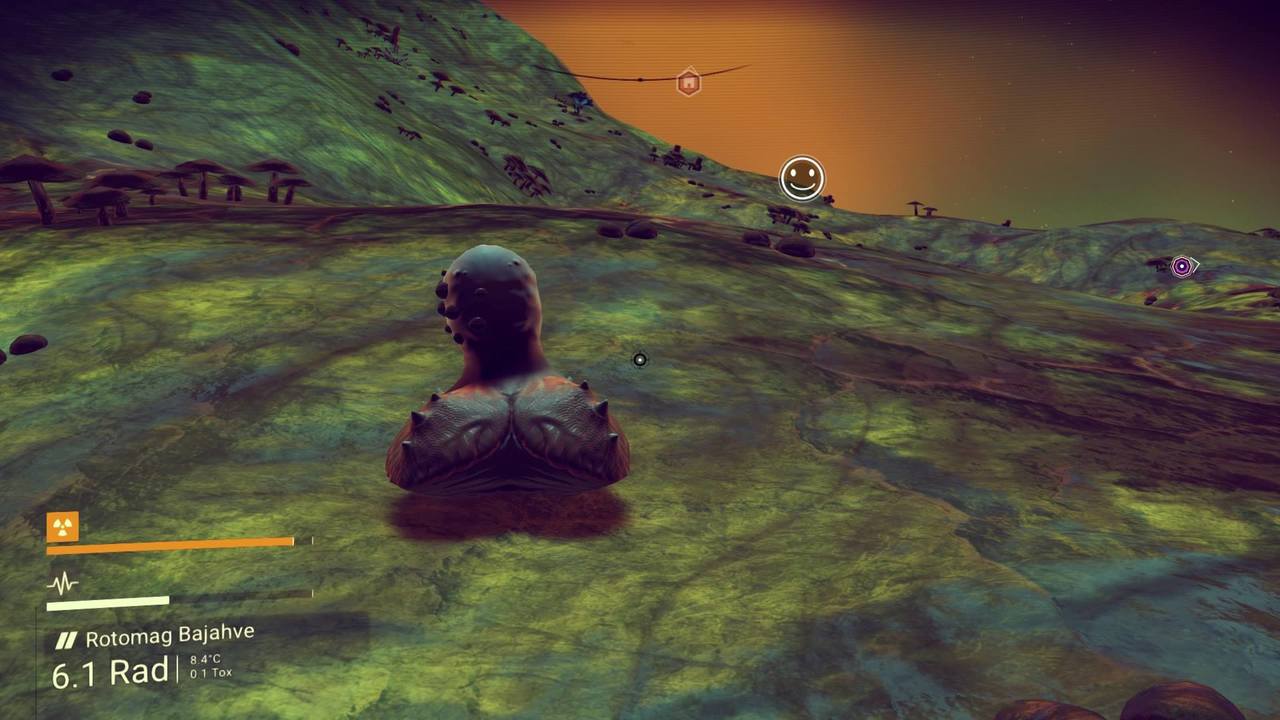
Nightmare mode. -
7. Insect Slenderman
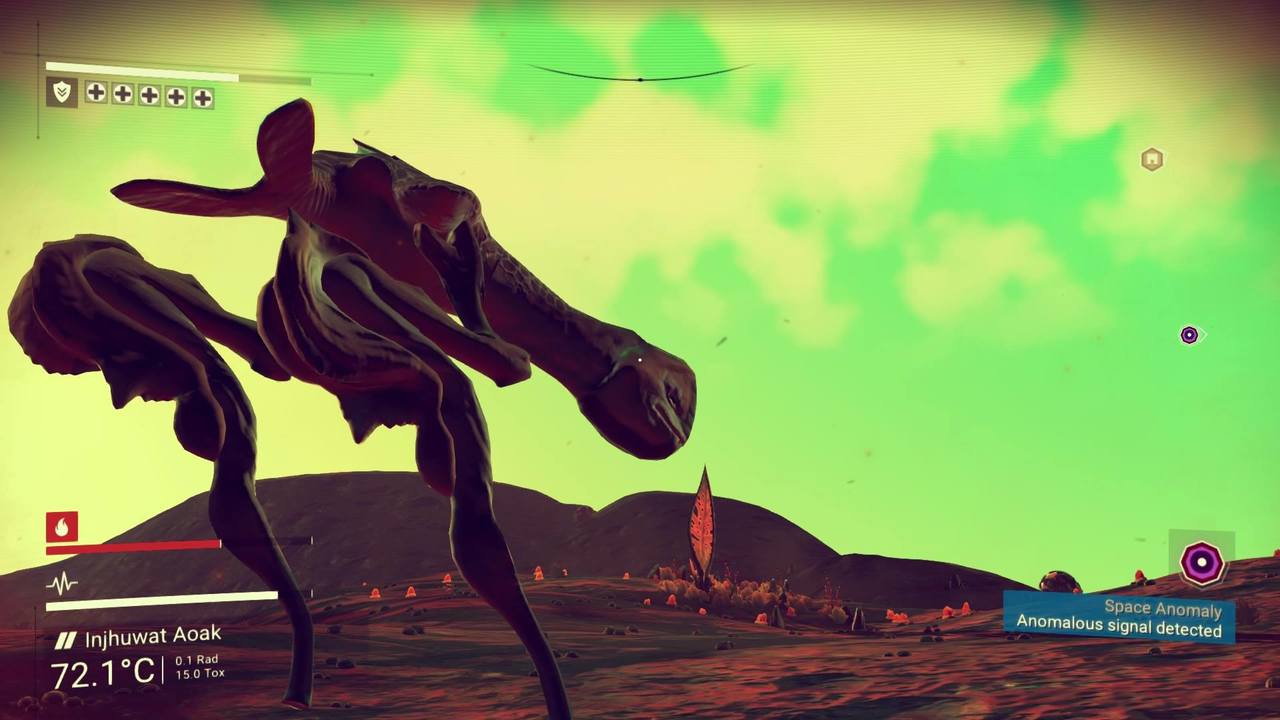
"Peekaboo." -
8. String Cheese Jim

The gene pool has been contaminated. -
10. Jurassic Park
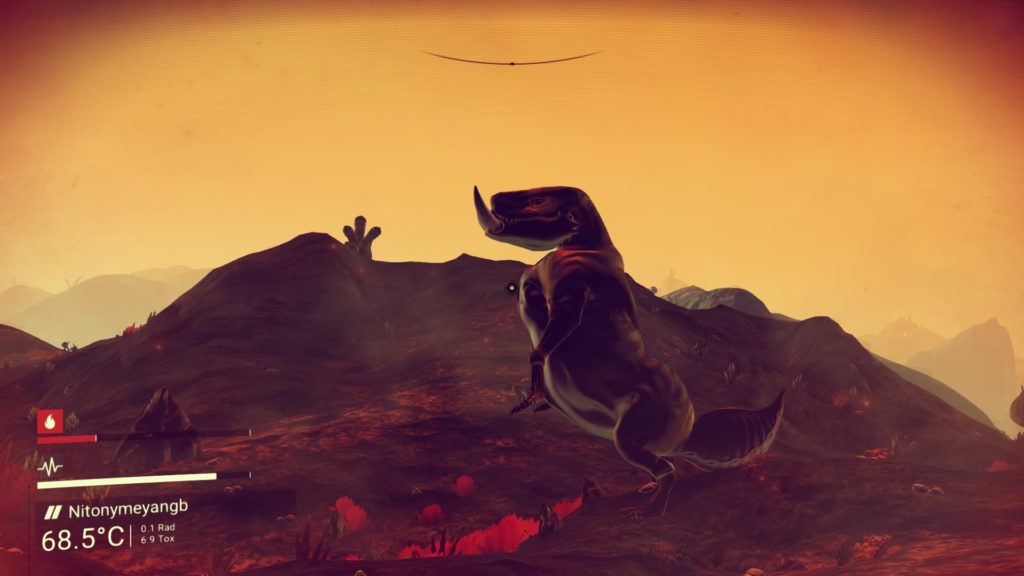
Just like in the E3 2014 trailer. -
13. Dementius-Faceius
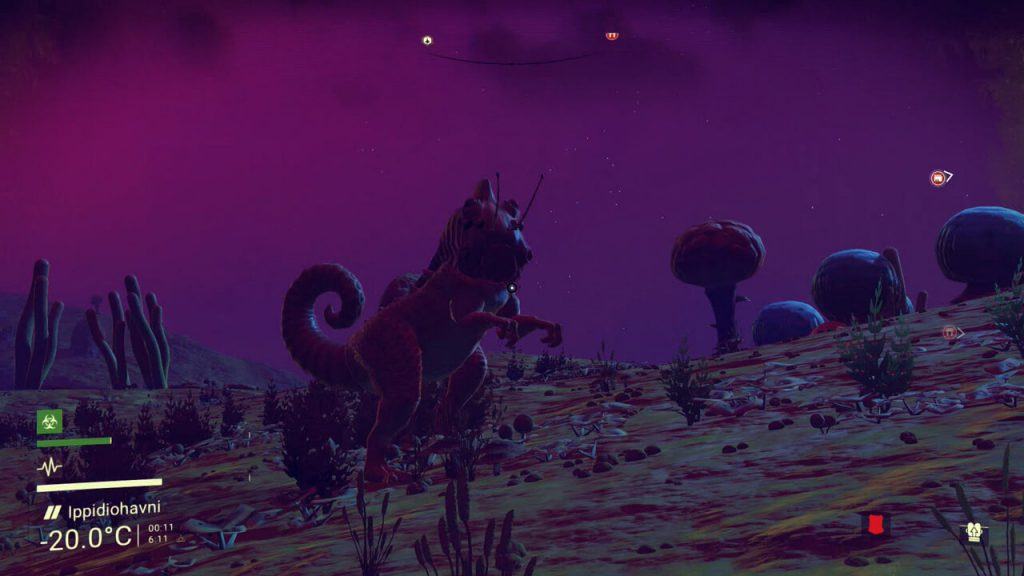
You deserve to be on this planet. -
14. Pyramid Head

Copywrite infringement. -
1. Demonic Unicorn Dog
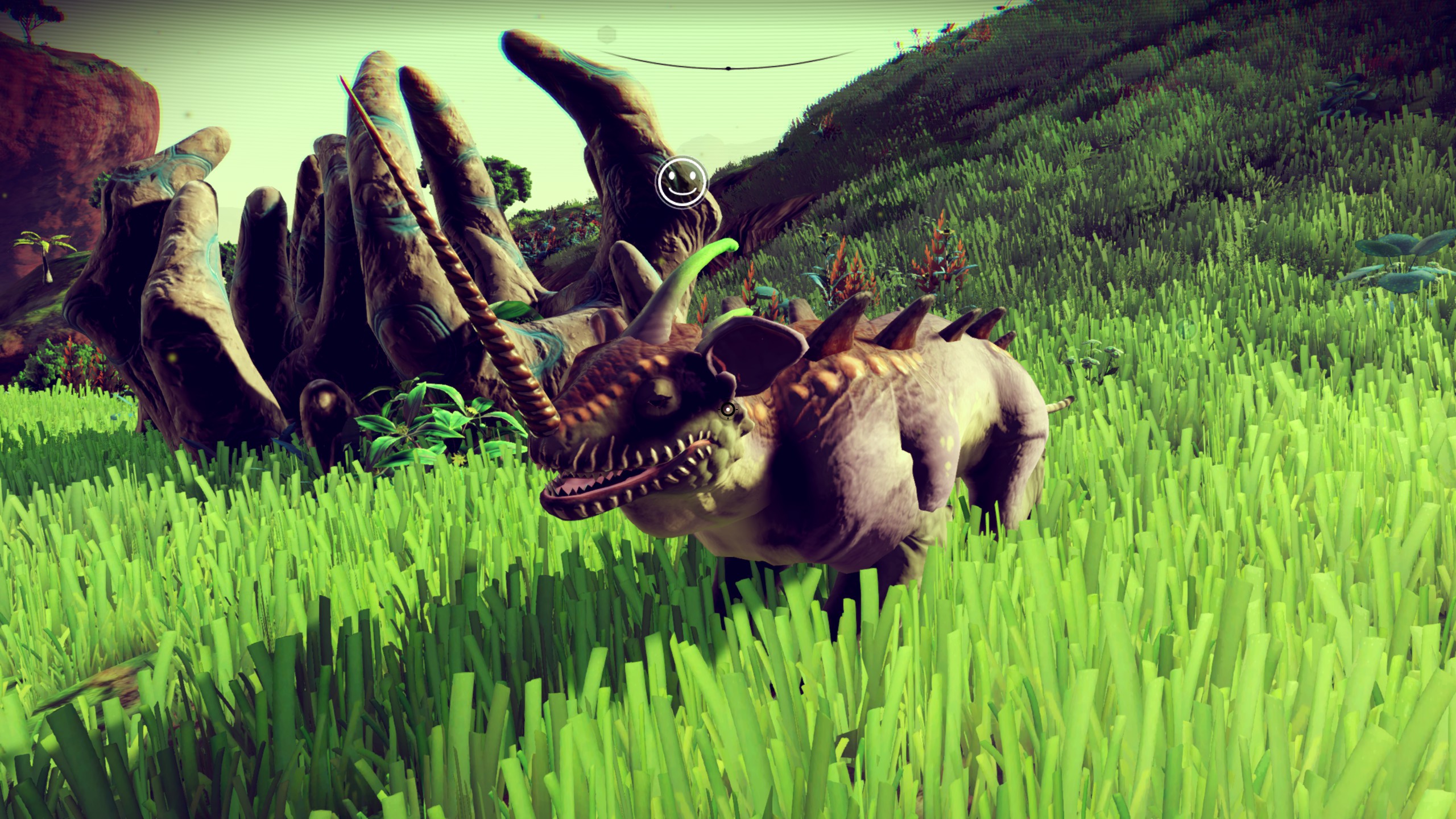
I accidentally fed it and now it's stalking me. This is not good. -
9. Banana Ana
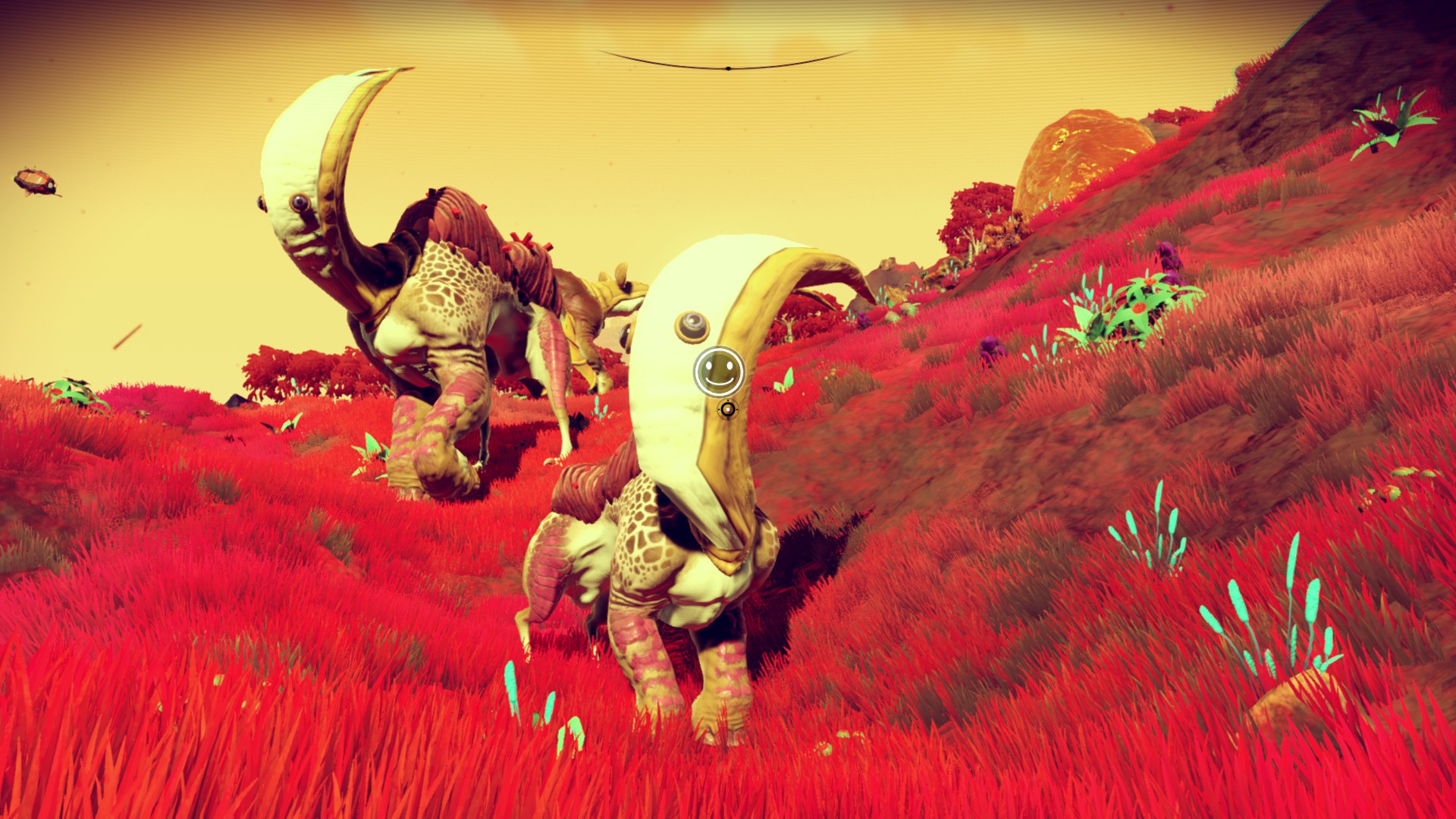
High in potassium. -
18. Mushroom Mouth Fish Bull
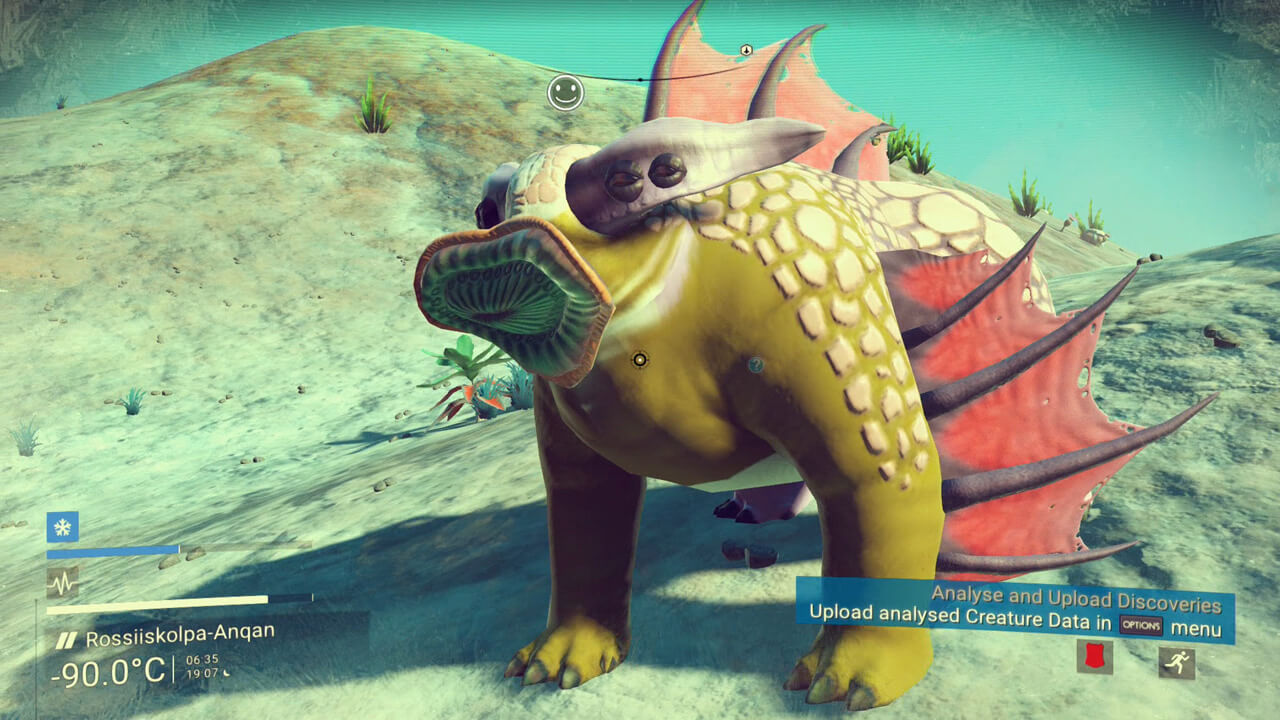
There's no way I'm petting this thing. -
15. Hydralisk Bee
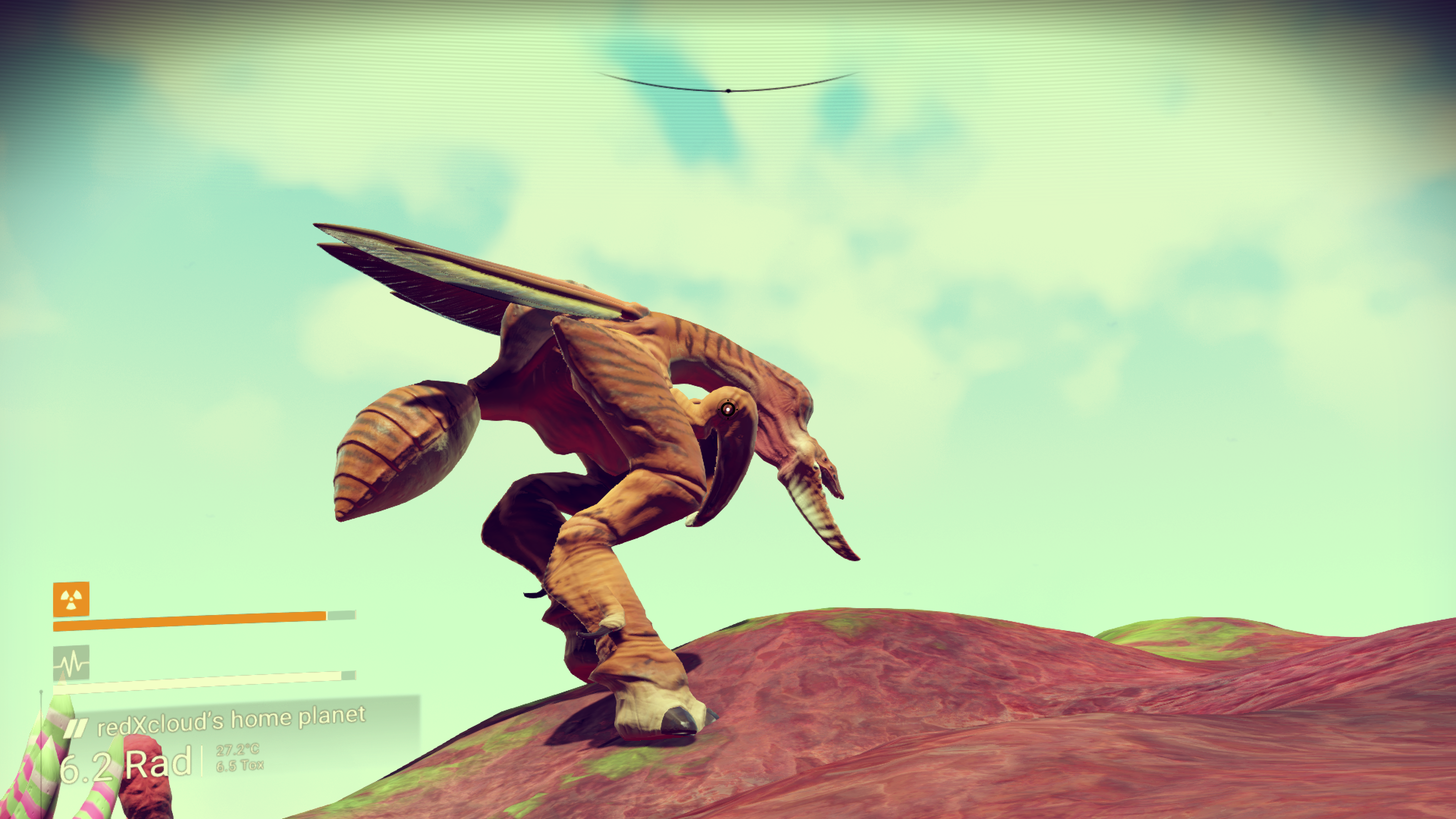
Kerrigan must be nearby. -
11. Brian Peppers
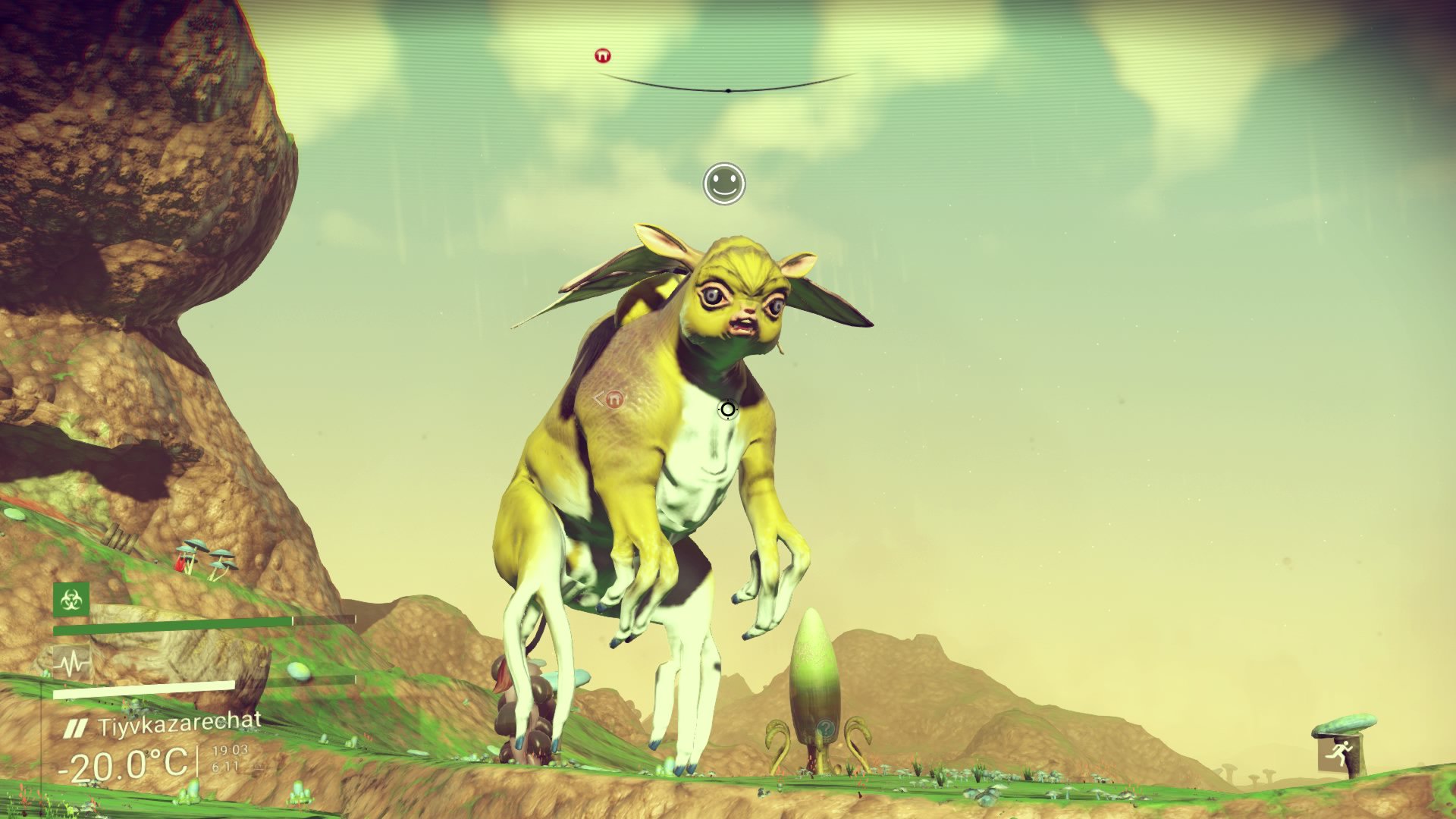
"Please help me." -
16. Bear Dog Lizard
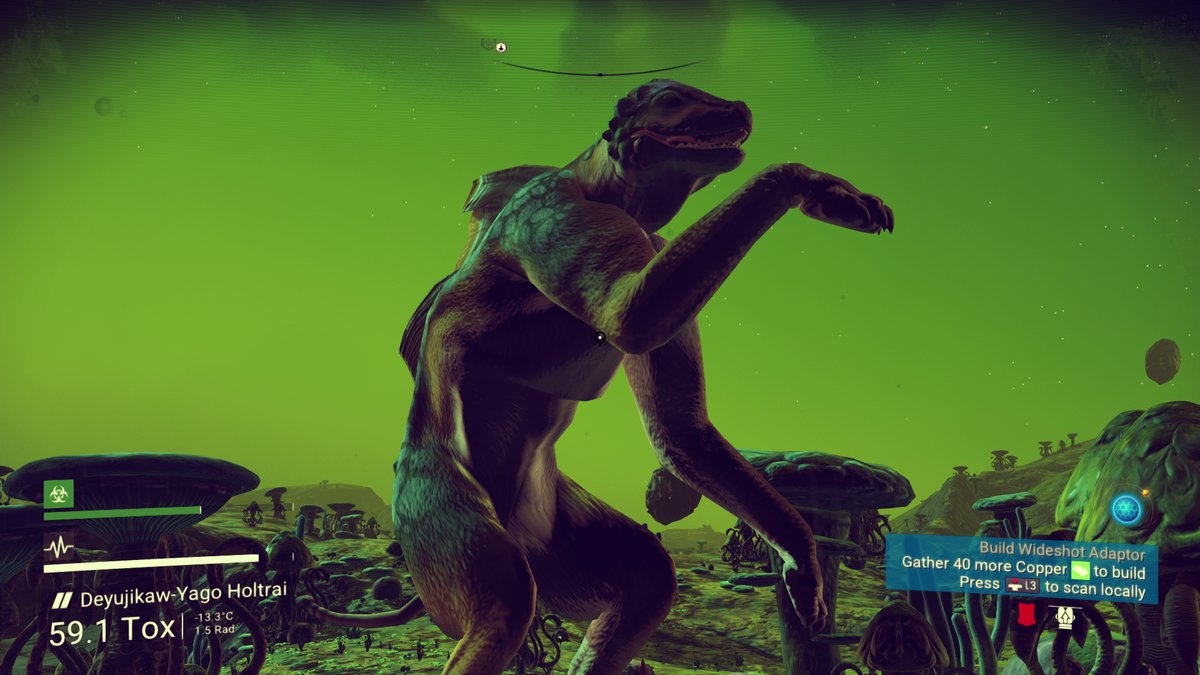
Majestic as hell. -
17. Flying Jellyfish
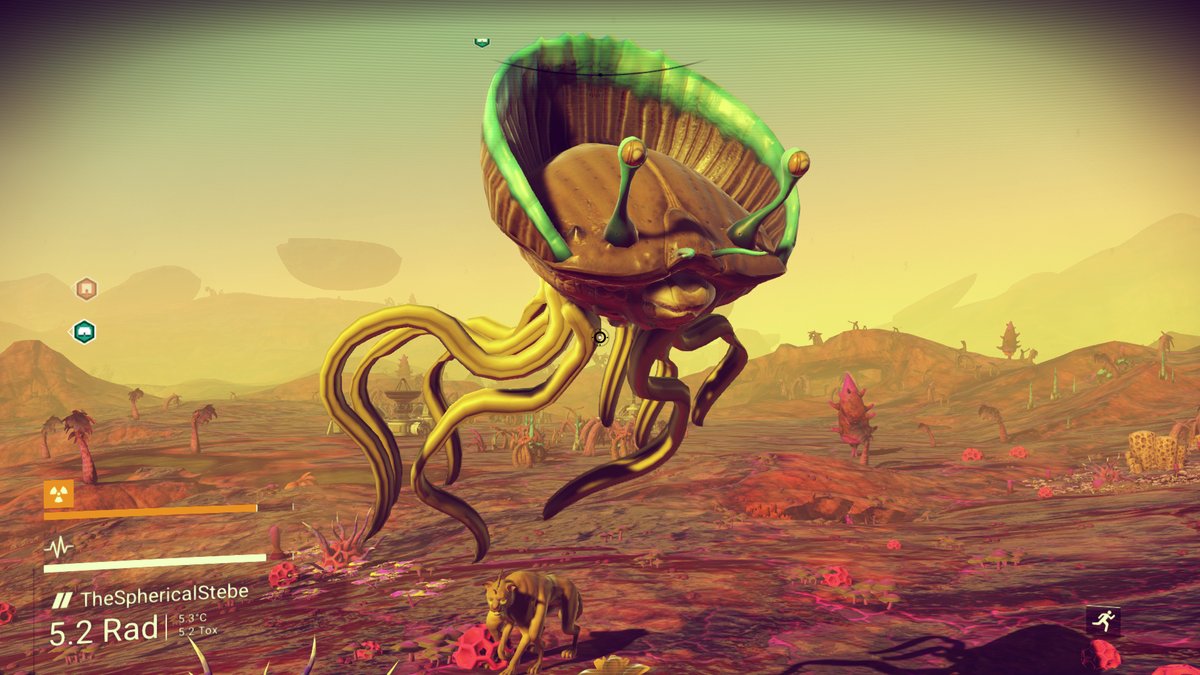
Not even your jetpack can save you. -
19. Uhhh
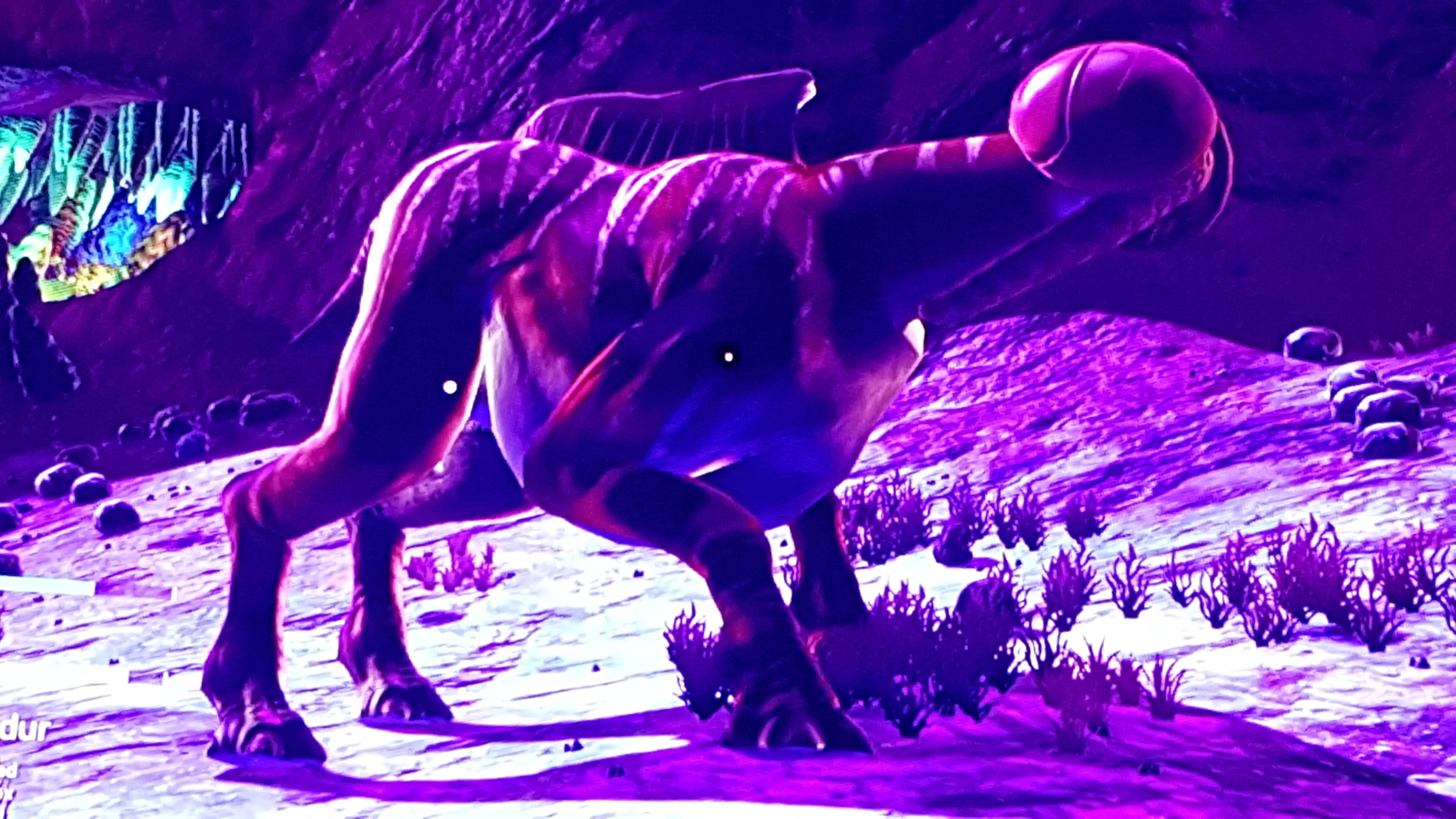
No comment. -
20. The Hunchback of WTF
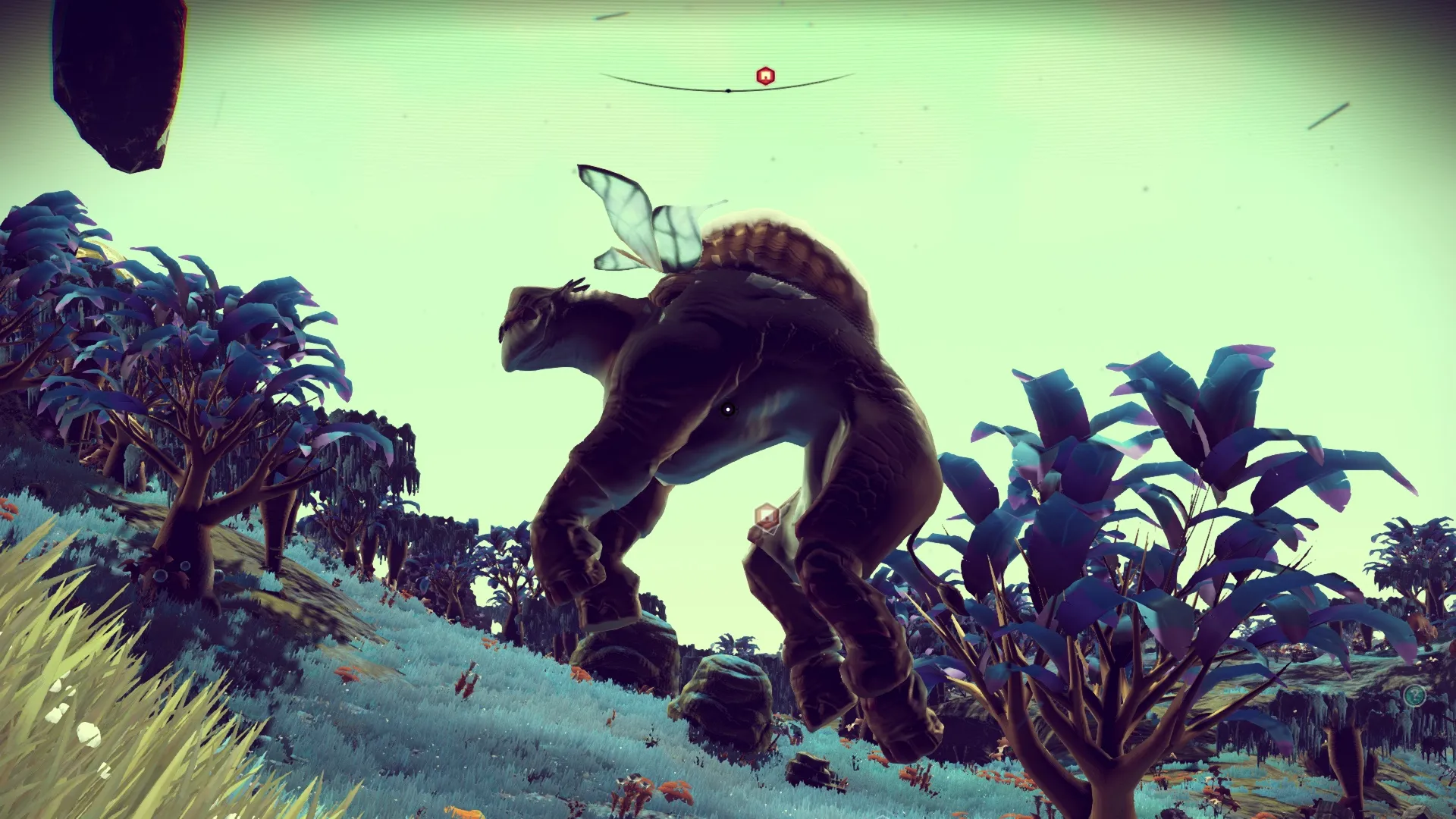
I'm never coming to this planet.
